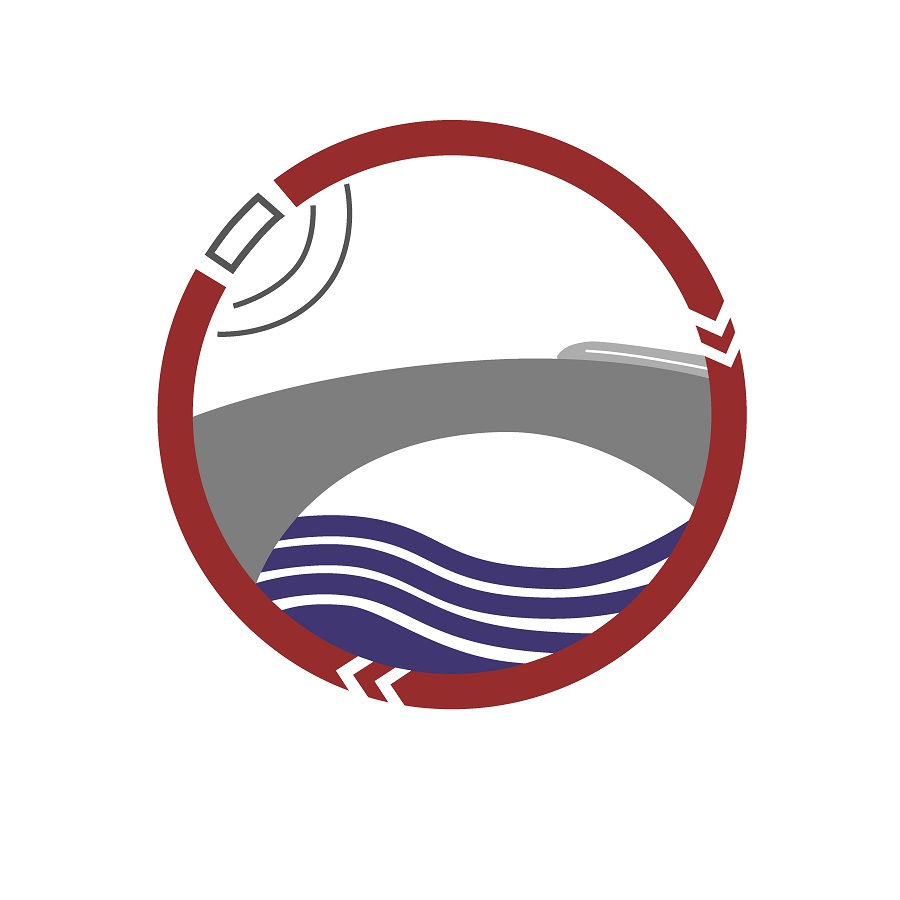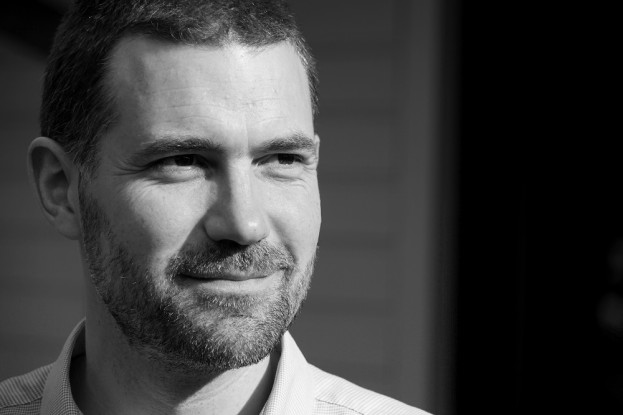But how to proceed in environments with different parameters than usual? For example, large water pressures (deep sea structures), extreme temperatures (deserts, polar and high mountain zones), flood risks or extreme ground movements create boundary conditions that challenge and question common approaches. This is especially true for extraterrestrial construction with altered gravity, intense radiation and limited resources. And what happens when the environment and the demands on structures change extremely? Droughts, melting permafrost, heavy rain and strong wind events: Climate change is already creating such changing boundary conditions and requires holistic and innovative solutions.
A major goal of the research focus Extreme Engineering is the development of such solutions for extreme environmental conditions. One focus is the development of new living and working spaces (e.g. extraterrestrial or deep underground) and the associated creation of new building structures. This requires the development of new computational/calculation models and construction methods as well as the production and logistics of new building materials using locally available materials. In addition, corresponding geodetic measurement and monitoring systems are to be developed. The second focus is research on possible impacts of extreme climate change scenarios and their consequences on the natural, planned and built environment. These will be incorporated into design models, and the potential of remote sensing to detect such changes at an early stage will be exploited.
This will result in innovative research topics such as:
- Monitoring environmental conditions to prevent catastrophic impacts of climate change and to analyze individual events.
- Retrofitting of existing structures against strong wind events
- Testing of building materials for use under high pressures, for example in mining against very high water pressures of up to 150 bar
- Development and testing of innovative concepts and structures for extraterrestrial construction and operation of structural buildings
- 3D printing with only locally available building materials e.g. arid zones (terrestrial) or on the moon or Mars (extraterrestrial)
- Determination of the effects of extreme weather on infrastructures and development of suitable protection concepts e.g. in alpine regions
- Sensor-based construction progress control for the management of megaprojects
- Construction in earthquake-prone zones
- Design, manufacture, transport and assembly of extremely lightweight, easily assembled or bulky components
Researchers involved:
- Institute of Geotechnics Prof. Dr.-Ing. Hauke Zachert (spokesman)
- Department of Remote Sensing and Image Analysis Prof. Dr.-Ing. Dorota Iwaszczuk
- Department of Water and Hydraulic Engineering Prof. Dr.-Ing. habil. Boris Lehmann
- Institute of Construction Management Prof. Dr.-Ing. Christoph Motzko
- Institute of Constructive Design and Building Construction Prof. Stefan Schäfer
- Department of Steel Construction Prof. Dr.-Ing. Jörg Lange
- Department of Facade Structures Prof. Dr.-Ing. Ulrich Knaack
- Institute for Transport Planning and Traffic Engineering Prof. Eva Kaßens-Noor, Ph.D.



